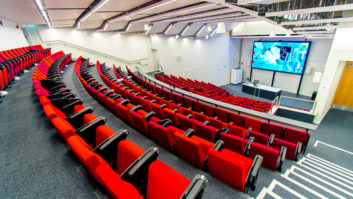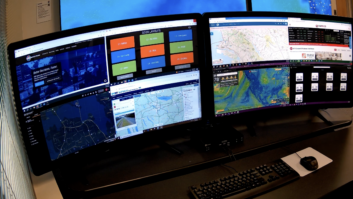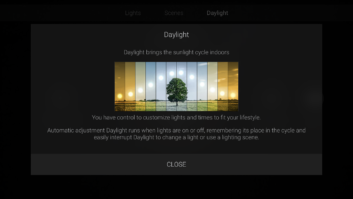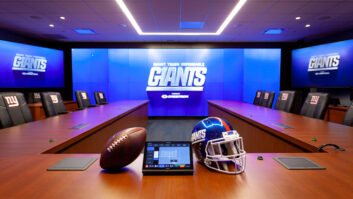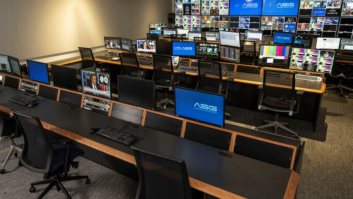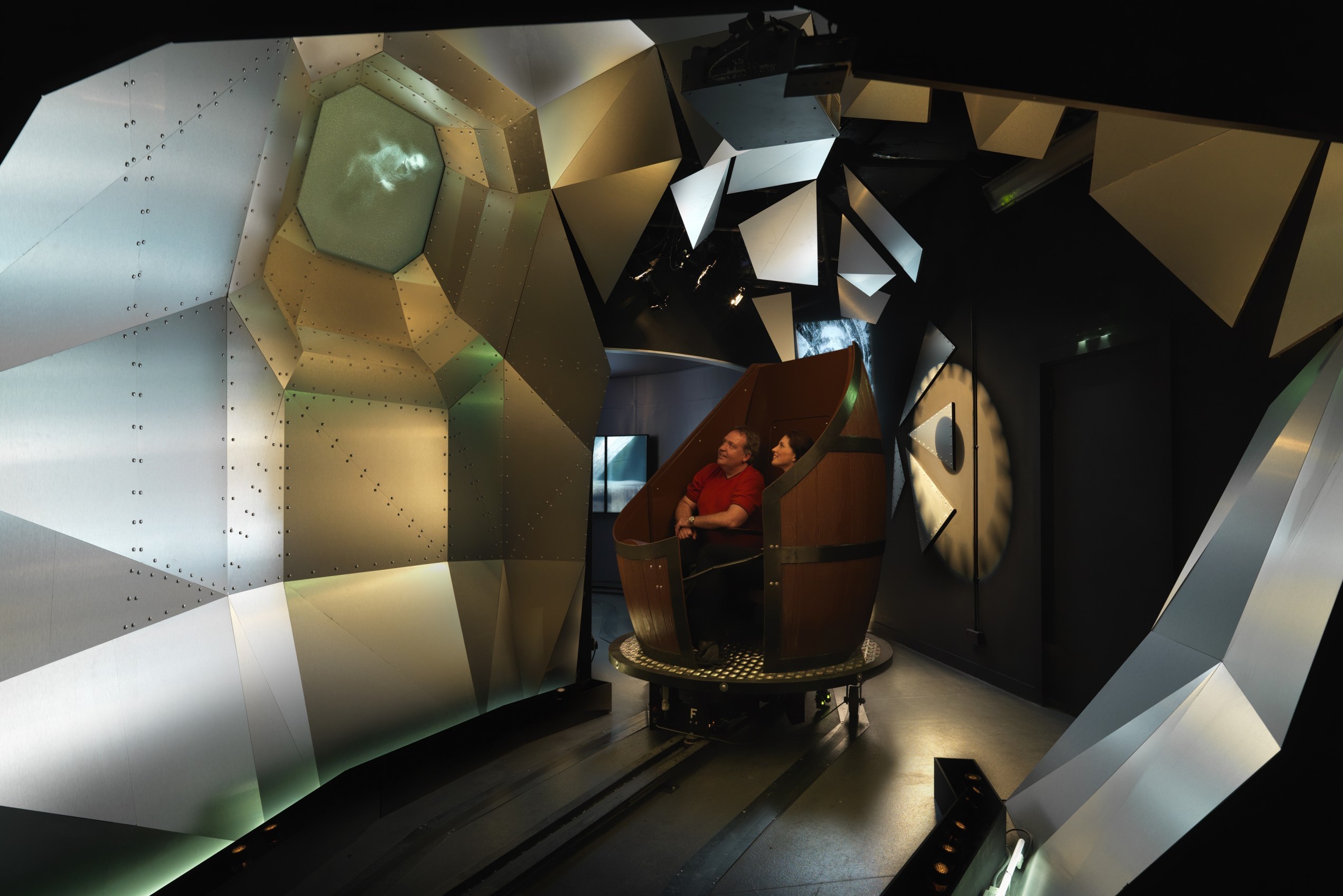
In the first part of our assistive listening feature we outlined the industry and the emergence of smartphone apps. Here Steve Montgomery looks at the benefits of incorporating personal devices into venues’ assistive listening systems.
The use of personal devices by clients is welcomed by cinemas and other establishments, as it removes the need to provide expensive hearing loop receivers along with the tasks of charging and cleaning them after use and ensuring that sufficient devices are always available. It also provides inclusion for users, allowing them to participate better in community and live events allowing the venue to deliver a better event to all.
These types of devices have application in a much wider range of market segments. Listen Technologies has recently released a personal listening system aimed at fitness centres, sports bars, airports and waiting rooms that can simultaneously stream up to 20 different audio programmes directly to hundreds of smartphones and tablets over a dedicated WiFi network.
Williams Sound’s Hearing Hotspot provides up to 56 digital audio channels over WiFi to smart devices. The system is aimed at sporting venues, hospitality, casinos, healthcare and transportation locations, allowing customers to listen to TV, live and recorded music sources, live commentary and digital signage content.
Williams Sound main dealer CUK Audio has recently introduced it in the UK. “It is ideal as an auxiliary to the primary assistive listening system but not as a replacement, as there is a legal requirement for venues to provide loan devices,” believes Stuart Cunningham, CUK general manager.
“Smartphones are currently far more expensive than loop receivers and less attractive to the site manager. However that is likely to change as smartphone and tablet prices fall and venues can provide sufficient stock economically. It has application beyond assistive listening. For example we are working with a university that is currently installing the system in a laboratory to deliver the audio channels for teaching videos to students at their benches. The lecturer can add his comments over the stream as the students work.”
Cunningham predicts that there is a bright future for personalised audio delivery: “Not only are audio-to-smartphone systems enhancing the quality and capability of assistive listening applications, the latency is now low enough to appeal to general users in multi-stream environments. The sound quality is also improving at such a rate that we will be able to deliver better-than-CD sound. I believe that these two aspects will open the market dramatically.”
For Listen Technologies’ product portfolio
For further information on Williams Sound products
For more on products distributed by CUK Audio
